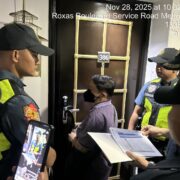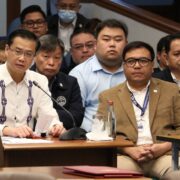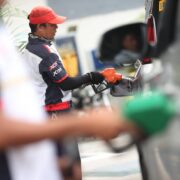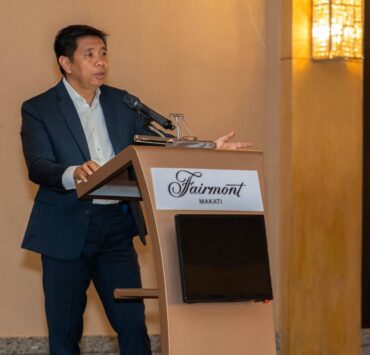How electricity access lifts Filipino families

Electricity is so basic to our lives that we often forget how powerful it really is. Yet for many Filipino families, especially in remote areas, access remains a concern.
While the Department of Energy (DOE), together with other agencies and the private sector, has made real progress, over 1.5 million households still have no electricity.
That is why the DOE is working to achieve the 100 percent electrification target set by President Marcos.
As part of this goal, we examined how electricity affects families.
The results are clear. Electricity changes how people live, how they earn, and how they build a better future.
This study draws on March 2024 DOE monitoring data and the PSA household survey. Regional comparisons come from the same validated sources.
Electricity changes lives and livelihoods
Our findings show a strong and progressive link between electricity access and household income. With just 8 hours of electricity per day, income rises by 15.8 percent and spending by 14.8 percent. At 16 hours, income increases by 33.4 percent and spending by 32.7 percent. With full 24-hour access, the impact is strongest: income grows by 56.3 percent, and spending rises by 59.4 percent.
These results reflect how families use electricity not only for lighting but also for earning. With longer hours of service, families use cold storage, cooking equipment, and sewing machines. Homes become small businesses. Evenings become productive. Electricity becomes a tool for income and efficiency.
From lights to livelihoods
The benefits grow with the number of hours available. Minimal access limits use to basic lighting and charging. But consistent service enables families to adopt tools and technologies that raise productivity. In remote islands, only 28 percent of households with four hours of electricity used it for livelihood. In communities with full-day service, that figure rose to 79 percent.
While electrification helps everyone, those with some financial resources gain more quickly. They can buy equipment or appliances that support income generation. This is why electrification must be paired with government support. When energy access is combined with livelihood programs, it becomes a true equalizer.
An investment that pays off
According to 2023 World Bank data validated by the DOE’s Total Electrification Administration Management Division, with input from senior economist Paolo Tejano, the Philippines’ per capita electricity use is 0.88 megawatt-hour (MWh). Indonesia is at 1.26 MWh, Thailand at 2.87 MWh, and Malaysia at 4.99 MWh.
Thailand and Malaysia also have higher gross domestic product (GDP) per capita and near-universal electricity access. These figures show the development gap we need to close.
Electrification is often seen as a cost. But the evidence shows it is an investment.
It costs around P26,600 to electrify a household. Yet families with 24-hour access can earn over P100,000 more per year. Multiply that across communities and the return is clear.
This is not just about numbers. It is about direction. One investment in power access can unlock years of income, education, and better living. It is smart policy and sound economics. More importantly, it gives every household a real shot at progress.
Electrification also lifts quality of life. Higher incomes mean families spend more on health, food and schooling. Electricity lets children study at night, mothers run businesses from home, and households save time and effort on chores. It frees up hours that can be used to earn or learn.
Education, health and opportunity
The benefits of electricity go far beyond income. With power, students study better and attend school more consistently. Health centers use electricity to store vaccines and power medical tools. Mothers give birth more safely. Children get better care.
Electricity also expands opportunities for women. In areas with regular service, women are more likely to find paid work and contribute to household income.
When homes have power, women can start microbusinesses or work part-time while managing their families. This creates gains that last for generations.
One mother told us she used to sew only during the day. Now, she sews after dinner while her children study. She has doubled her income and saved enough to buy a refrigerator.
Another farmer now stores vegetables overnight and sells them fresh the next day, cutting waste and raising profits. These are real, lasting improvements that start with access to power.
A shared task with lasting benefits
Electrification strengthens entire communities. Schools adopt digital tools. Barangay health centers operate more effectively. Local businesses run more efficiently. The ripple effects reach every corner of community life.
This is not the task of government alone. It is a shared responsibility. We need strong collaboration between the public sector, private investors, civil society, and development partners.
Let us complete the work. Every home we connect moves us closer to a more inclusive, resilient and empowered Philippines.
The author is undersecretary of the Department of Energy.




















